
If you love an adrenaline rush, here’s a unique place that can keep in mind while planning your next trip! The stunning Siachen Glacier. It is the world’s highest and coldest battleground. The Siachen glacier is also one of the most challenging terrains on the planet. The climate at Siachen glacier is arduous owing to sub-zero temperatures that plunge below -60 degrees Celsius. Consequently there is a constant risk of avalanches and high-speed winds. Despite this, the breathtaking view makes the challenging trek to the army base camp worthwhile.
The base camp at Siachen Glacier opened to domestic tourists in light of World Tourism Day. This comes two years after Defence Minister Rajnath Singh indicated that the government was considering opening up the Siachen Glacier to tourists.
A brief account of the Siachen glacier

The Siachen Glacier is located immediately south of the major drainage divide. This separates the Eurasian Plate from the Indian subcontinent. It is a heavily glaciated section in the Karakoram by the name “Third Pole.” The glacier is located between the Saltoro Ridge in the west and the main Karakoram range in the east. The Saltoro Ridge rises in the Karakoram range in the north from the Sia Kangri peak on the Chinese border.
The Siachen Conflict

Siachen is one of the highest elevations in the Himalayan Karakoram Range. Hence, it is a bone of contention between India, Pakistan and China. In the region, the Siachen glacier separates Central Asia from the Indian subcontinent and Pakistan from China.
The Siachen Glacier war began in a cease-fire announced in 2003. The contested area encompasses more than 1,000 square miles. The confrontation began in 1984, when India successfully seized the Siachen Glacier as part of Operation Meghdoot followed by Operation Rajiv. India took over, the 70-kilometer-long glacier, its tributaries and Saltoro Ridge’s significant passes and heights directly west of the glacier, including Sia La, Bilafond La, and Gyong La.
The Impact Of This Decision on Indian Tourism
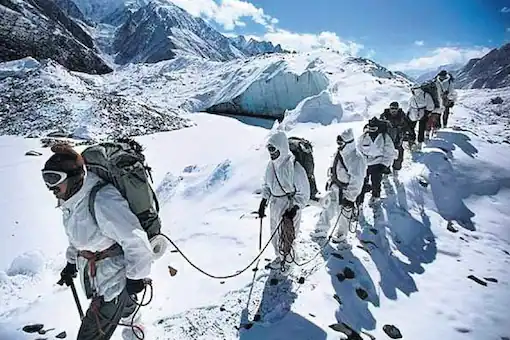
A major move like this did not come out of nowhere for India. A dry-run was conducted to test the waters from 2007 to 2016. The Indian Army’s Adventure cell organised the ‘Siachen Trek’ allowing select civilians to visit the base camp.
More than 30 villages on Siachen river’s bank will benefit from the decision to open tourism in Siachen. Since the announcement of the opening in 2019, the Ladakh Autonomous Hill Development Council Leh, in collaboration with UT Ladakh, has supported, encouraged, and invested in this region to improve tourism infrastructure. Consequently, they looked into facilities such as homestays, road expansion work and the installation of telecom towers. Furthermore, the valley has heritage monuments, historical architecture, old monasteries and distinct cultural flavours. The valley is magnificent and has a tranquil setting. Civil organisations, religious representatives, public representatives and residents from several settlements warmly greeted the first tourists to arrive at the base camp. This magnificent terrain is now open and waiting to be explored!
If you love trekking, check this out too : Nathula Pass: A Melting Point Of Two Vibrant Cultures
Also follow India Chalk on Instagram for more amazing travel content. You can share your travel story with us. Reach out to us on email at contact[at]ndiachalk[dot]com. This blog is curated by India Chalk and written by Aryaki M.

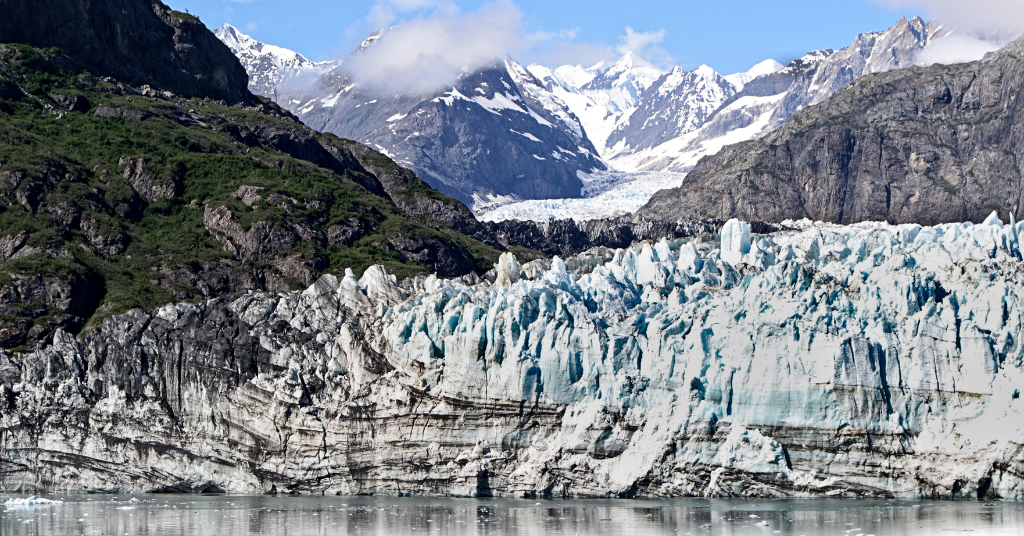
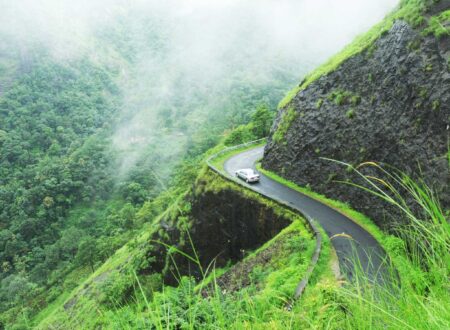
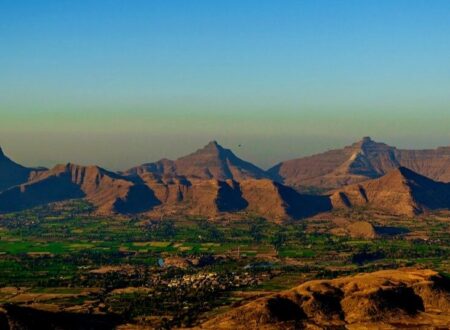
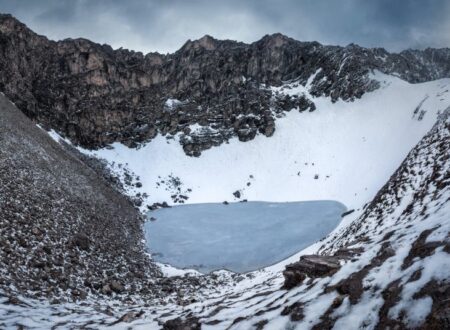
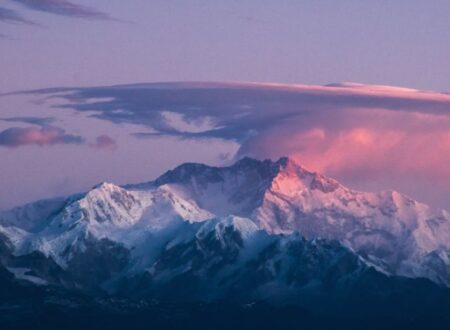
1 Comment